Rapidly declining eastern osprey numbers in South Australia have been arrested thanks to the construction and installation of raised artificial nest platforms; most constructed from Wagners Composite Fibre Technologies (CFT) Fibre Reinforced Polymer (FRP) structural profiles.
Friends of Osprey South Australia spokesman Ian Falkenberg said populations of eastern osprey had been declining due to loss of breeding habitat, human disturbance and predation from fox and other animals during key breeding times as well as coastal development along traditional osprey nesting grounds.
“Four years ago we had one breeding pair of eastern osprey on the mainland on Yorke Peninsula and that was largely due to the fact that there were no suitable sites to nest. Yorke Peninsula, unlike areas on the east coast, lacks tall trees or suitable cliff faces where the osprey can nest undisturbed,” Ian Falkenberg said.
“The coast is very popular - housing, tourism, walking trails - and the birds have pushed out into suboptimal areas where they regularly fail to successfully breed and raise young; hence the reason why they are now threatened,” Mr Falkenberg said.
“Secure and safe nesting sites are simply not available and birds are forced to select low limestone stacks to breed which are vulnerable to fox predation. But more importantly these sites are regularly disturbed by people accessing walking trails and camping along the coast and when disturbed the osprey are forced from the nest and while they are preoccupied defending their nests, crows and seagulls opportunistically swoop in and take the eggs or young,” he said.
“The FRP raised artificial nest platforms are replacing the trees and high cliff faces that aren’t there and elevating the osprey nests and installing them in more secure and safe locations away from human disturbance and fox predation.”
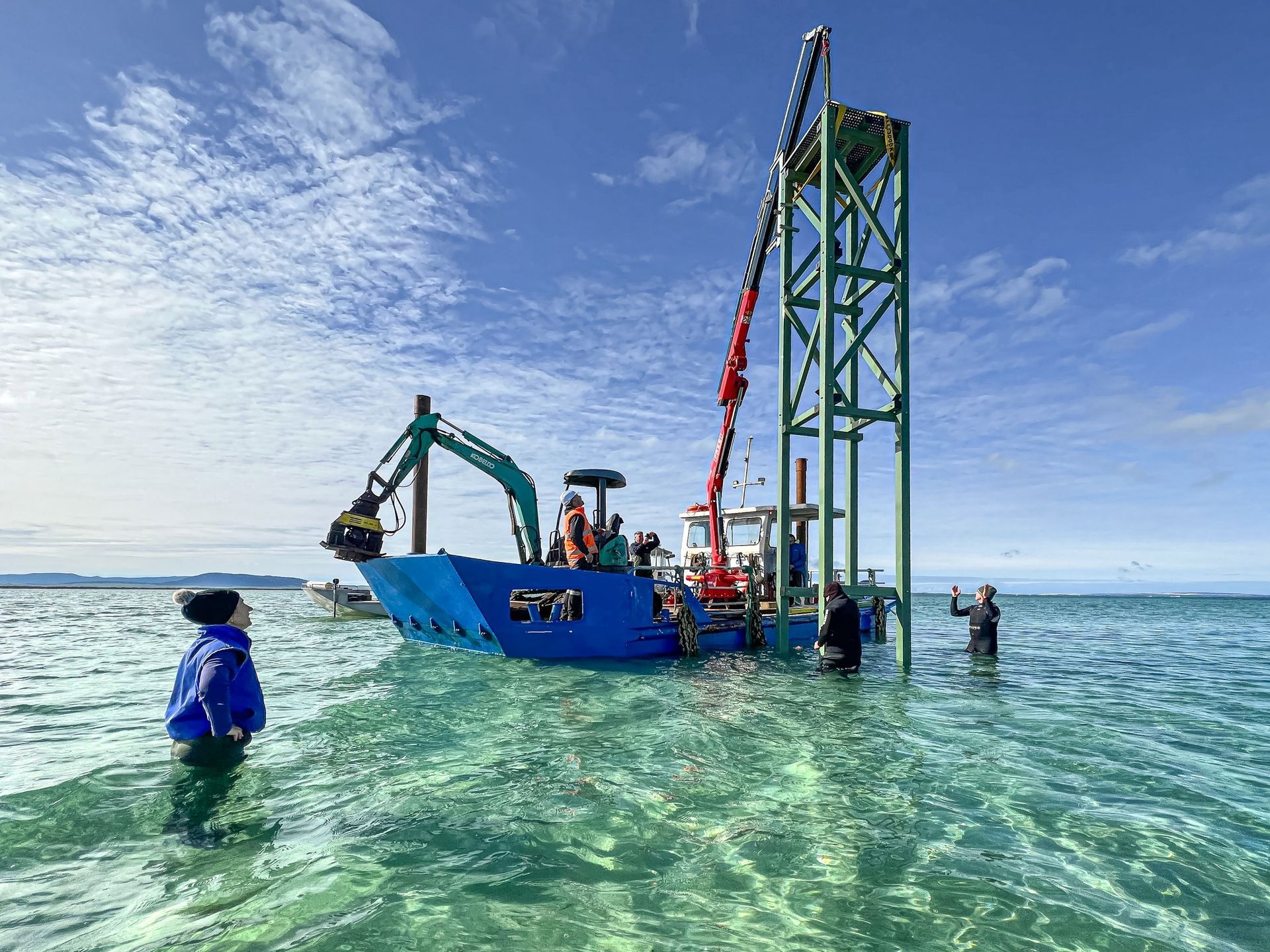
Photo by Bazz Hockaday - Friends of Osprey. Installing a raised nesting platform constructed from Wagners FRP.
With 14 raised platforms now installed along the coastline (11 of which are constructed from Wagners’ FRP), last year’s breeding results were very exciting.
“Out of the 14 platforms that have been installed, 9 have been active and occupied this past season and of those, 8 have produced eggs and or young,” Ian Falkenberg said.
“So we’ve had eight chicks that have now fledged, which is very exciting and a great result,” Mr Falkenberg said.
“The FRP gives us an incredible amount of flexibility as to where we can install these platforms including on exposed reefs, bolted onto the granite rocks right along the shoreline; and the tower-like structures as opposed to a single pole, allows us to select more appropriate and secure locations some of which are in very difficult and isolated,” he said.
“The Gleeson’s Landing platform is a perfect example - that breeding pair of birds produced eggs year on year only to lose the eggs before they could hatch, because their nest was low to the ground and exposed to human disturbance and predation from both foxes and other birds. The first year the FRP tower went in at Gleeson’s Landing, in what is a really difficult and rugged coastal landscape, they successfully produced a chick which was the first successful osprey breeding in 12 years at that site.”
The non-corrosive and inert nature of FRP also allows the team to construct raised nest platforms in inaccessible mangrove and wetland areas.
“A single pole would be very difficult to install in these isolated locations but because of the way the FRP tower platform works, we are able to lower the platforms into two metre deep sleeves that are embedded into the substrate,” Mr Falkenberg said.
“Not only does it streamline the installation process for us, it also means that any environmental impact or disturbance to the area is minimised because there’s no excavation, no heavy machinery and no foundations required,” he said.
“One of the platforms installed last year south of Adelaide was constructed in an estuary and creek system and the owners of the site were really concerned about disturbance to the wetland and creek system.”
“It took some convincing that we could install the platform with minimal disturbance and impact and when the platform was eventually installed, apart from the nest tower, only footprints were left behind; so these platforms are very suitable to areas of high biodiversity and conservation value.”
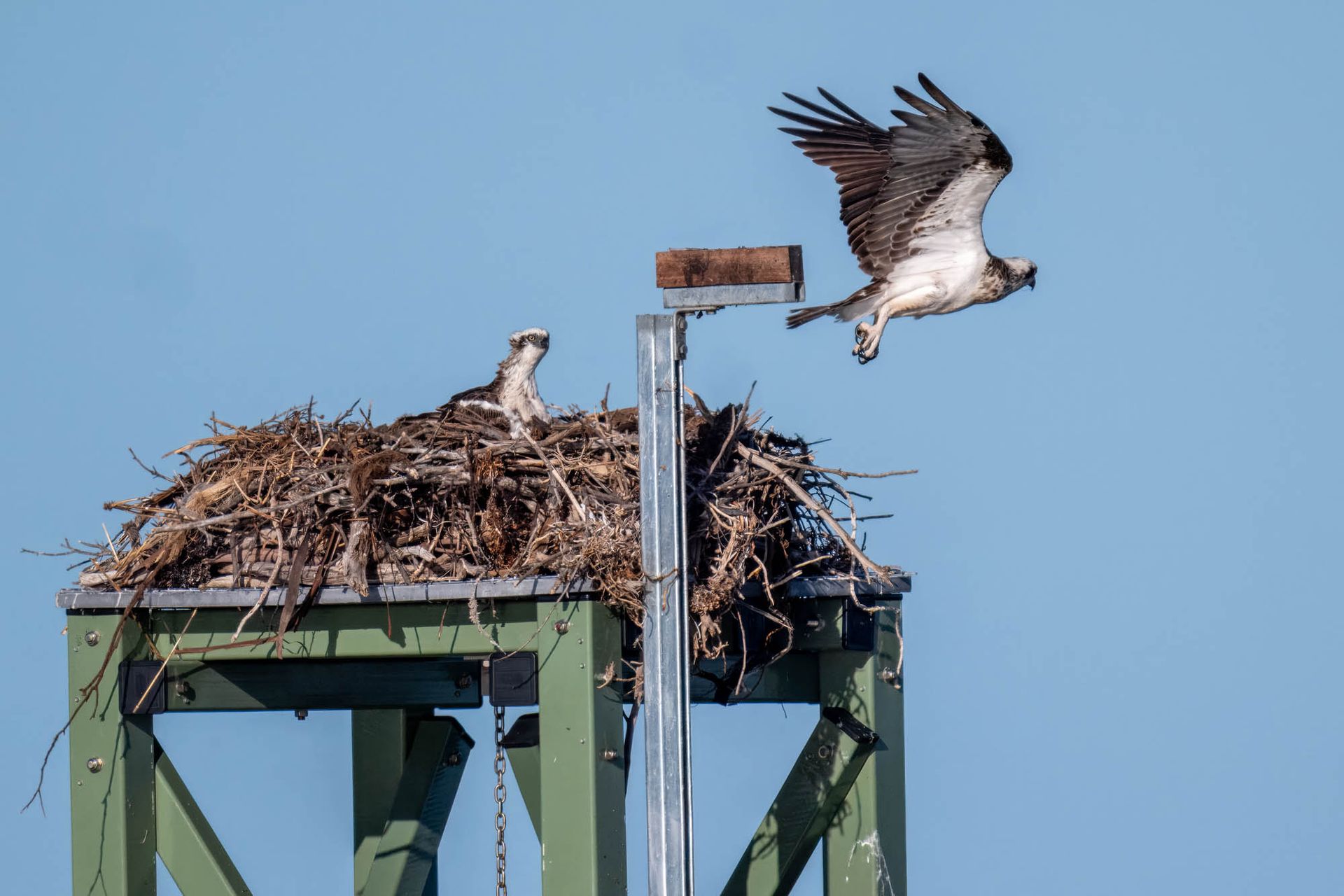
Photo by Rob Guyat - Friends of Osprey. Breeding pair of eastern osprey nesting on a raised FRP platform.
Meanwhile Wagners CFT Australia New Zealand General Manager Ryan Leeson said FRP is the material of choice for this application.
“FRP is the perfect solution for this project because it is lightweight and modular by design so can be prefabricated off-site and lifted into place,” Ryan Leeson said.
“FRP is also chemically inert so it will not rot, rust or corrode unlike steel or timber in these very challenging marine and coastal environments which means the structure will last three times as long as a steel or timber structure,” Mr Leeson said.
“Furthermore, FRP is non-leaching so it’s safe to use in these highly valuable conservation areas; plus with a design life of 100-years these platforms will remain undisturbed servicing osprey populations for generations,” he said.
“Finally the total global warming potential of using FRP over more traditional materials is significantly reduced for these structures, so effectively we are attacking the problem of biodiversity disruption from both ends.”
“Wagners CFT has been thrilled to play a small part in the Recovery and Conservation Plan for the eastern osprey and we encourage our partners and industry connections who can contribute either time, or donations to this fantastic community effort to ensure the ongoing success of South Australia’s osprey recovery project.”
FRP structural profiles are fabricated and assembled into the nesting platforms by volunteers at the Ardrossan Community and Men’s Shed.
The artificial nest project is part of the Recovery and Conservation Plan for eastern osprey in South Australia with funding provided from a range of community sources including the Northern and Yorke Landscape Board, Southern Yorke Peninsula Landcare Group and Friends of Osprey.
The last official state-wide survey of osprey numbers identified less than 50 pairs of breeding eastern osprey in South Australia with the Department of Environment and Water due to recount early this year and assess the success of recovery and conservation efforts so far.
If you would like to help support the Friends of Osprey group by making a donation or buying merchandise visit
https://friendsofosprey.com.au/help-friends-of-osprey/
To get in contact with volunteers at the Ardrossan Men’s Shed visit
https://mensshed.org/sheds/ardrossan-community-and-mens-shed/?gad_source=1&gclid=Cj0KCQiAwbitBhDIARIsABfFYIKCexQ2i8GMRQJMZqoOGmxAFx0HUn0JJIwXj_lwCbyxusET9MtXD0oaAnmaEALw_wcB
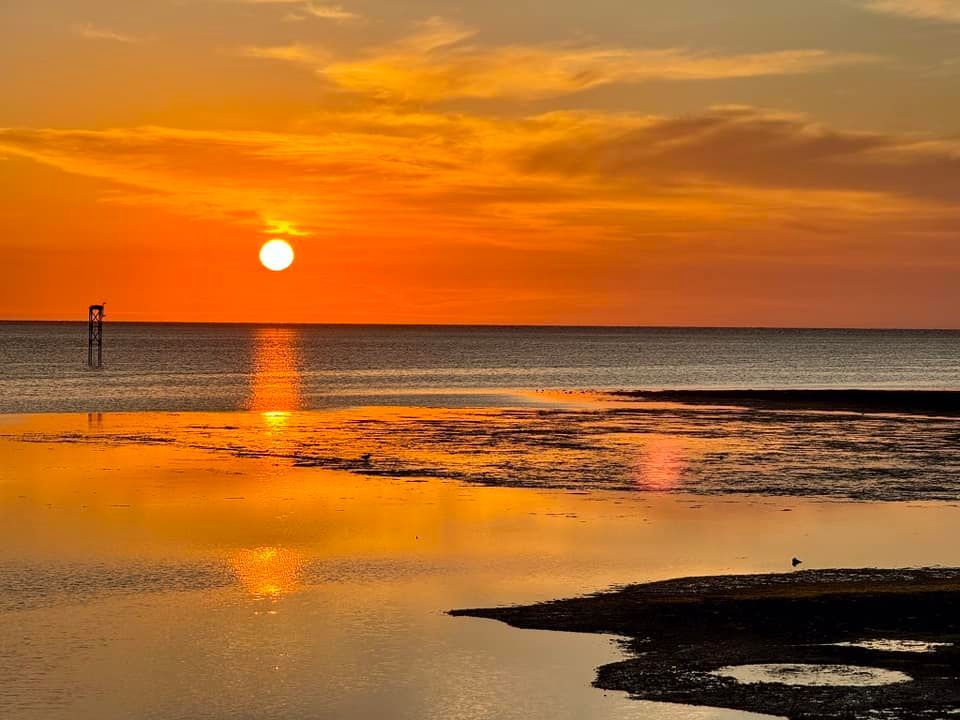
Photo by Peter Hayward - Friends of Osprey. Wagners FRP raised nesting platform on the foreshore.
More stories to explore:

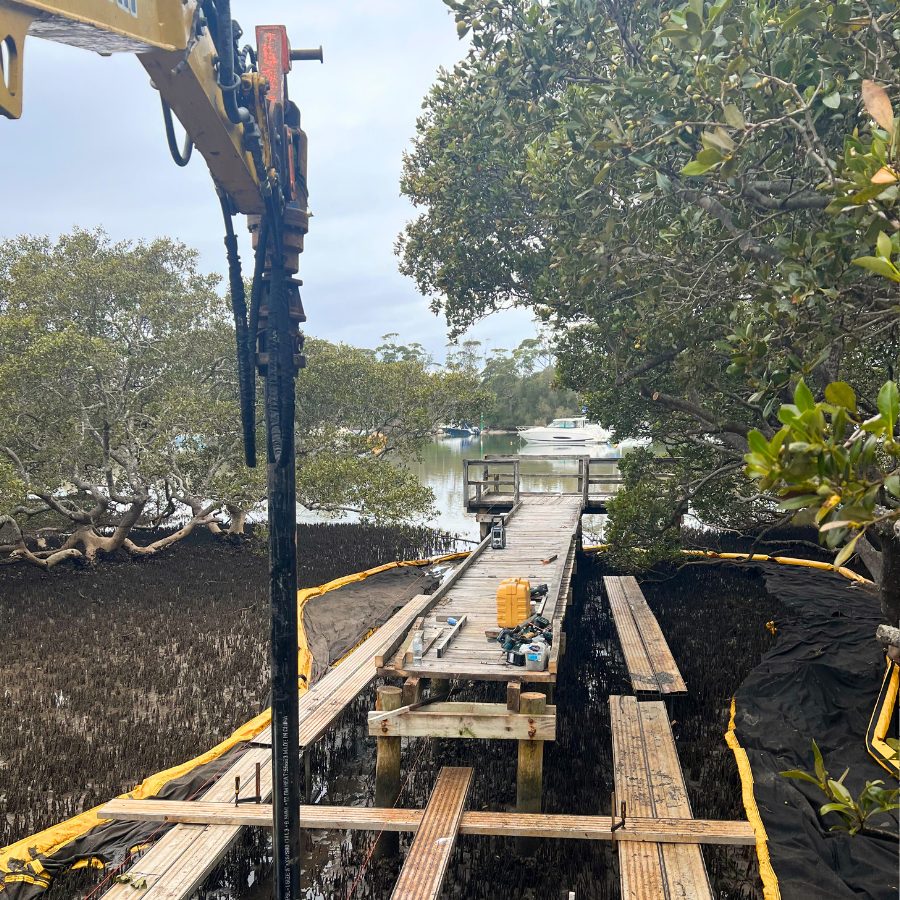
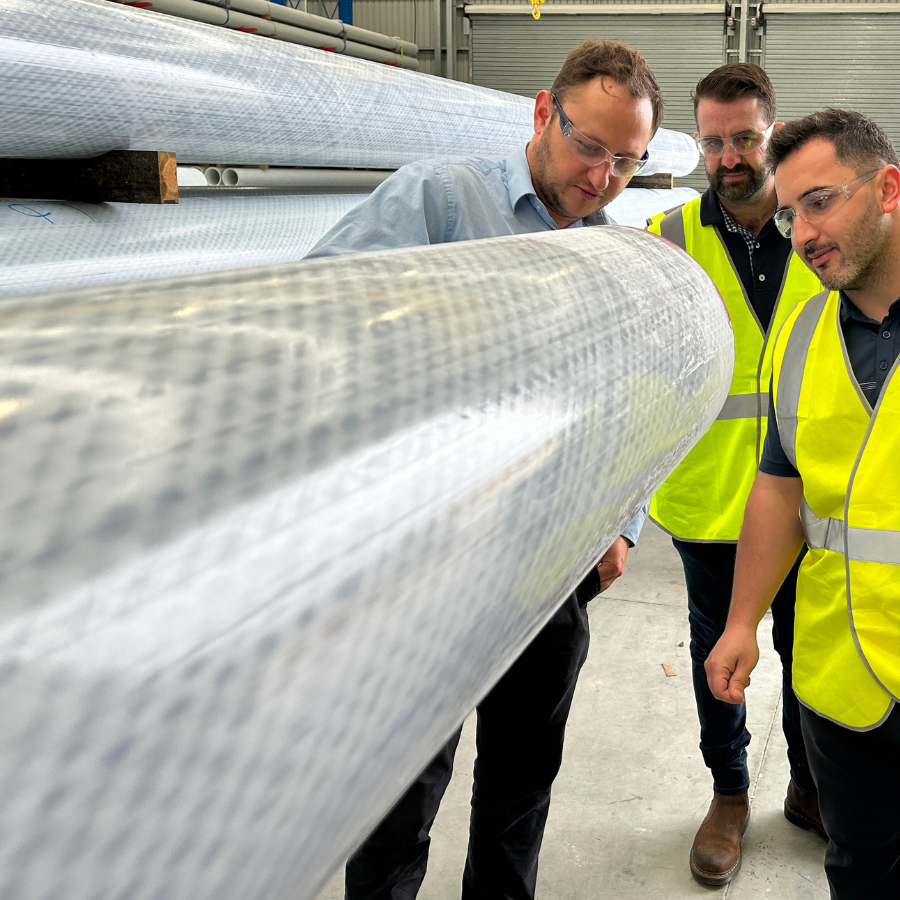

PRIVACY POLICY // © 2023 Wagners // indigo web + black canvas //
